Review: iModeler Review- Tamiya 1/35 Wespe “Italian Front”
As they so often do, Tamiya last month released a new kit without making too much fuzz about it. I must admit I like their low-key approach to new products, without the hype, teasers and dramatic videos with which some companies like to entertain us. After all, a new kit is nothing we tend to plan our lives around. Well, maybe we do, but that's besides the point.
Anyway, the kit is a 1/35th scale self-propelled 10,5cm howitzer Sd.Kfz. 124, or more commonly known as the Wespe (wasp). And it is, in fact, not a new kit, but was first released in 1996. This release, however, adds some interesting new features to the original boxing, including link-and-length tracks, various accessories, and a couple of figures.
The Real Thing
One of the common misconceptions of WWII is that everyone and their mother rode into battle on highly mobile motor-driven vehicles, and that the German army in particular was an all-mechanized organization – heck, they invented the Blitzkrieg, right? Well, truth is, motorization and mechanization still had a long way to go by the beginning of the war, and most of the German army's artillery was horse-drawn. Quite Napoleonic.
With operations expanding into huge areas of land with sometimes very weak infrastructure, the need for mobile artillery became apparent – artillery that could follow the tanks wherever they went, and without the need to take care of massive numbers of horses that needed to be fed and medically cared for. And like other countries, the Germans decided to put their guns on already existing vehicles. The Panzer II was chosen as a basis, as it was a somewhat reliable tank, although with its weak armor and puny 2cm gun it was not very good at doing tank things.
Around 680 Wespen (here's your German plural) were built, in addition some 158 vehicles were built as ammunition carriers, accompanying the firing batteries and providing additional ammunition. The Wespe was introduced into service in the summer of 1943 and served on the eastern front, France and Italy.
The Tamiya Kit
As mentioned the original kit was released in 1996, and for its time was a very good one. It featured fine detail and nice surface texture, combined with a rather low parts count for an open-topped vehicle, and the usual vinyl tracks. In short, the 90ies already brought the quality we have come to expect from Tamiya since.
The kit (kit no. 35358) comes in the usual top-opening box containing eight sprues (two of them duplicates), a separate hull tub, decals, a piece of string, some poly caps – and of course the instructions. In addition you will find a sheet illustrating the vehicle's history, and an ad for Tamiya's new lacquer paints. Hmm…
Instructions, Tamiya Style.
The twelve-page booklet guides through the build process in 18 steps, another two are devoted to building and positioning the figures. No surprises here, the drawings are clear and easy to understand, the more complicated steps are described in more detail including sequence numbers, and paint call-outs are given for Tamiya paints only.
The updated kit contains new link-and-length tracks, replacing the old vinyl tracks. With a vehicle like the Wespe this absolutely make sense, as these tanks showed noticeable track sag, something hard to reproduce with rubber-band tracks. Tamiya shows exactly how to mount the separate parts, again providing the correct sequence.
The paint guide comes in form of the usual b/w drawings, but with the simple paint schemes and small number of decals this is more than enough.
Markings for two vehicles are provided:
-
- Panzer Division (Armored Division), Cisterna di Latina, near Anzio, Italy 1944 / Dark Yellow
-
- Panzergrenadier Division (Mechanized Infantry Division), near Anzio, Italy 1944 / Dark Yellow with Olive Green camouflage
A picture of the real “Number 11” undergoing maintenance might give you an idea of what to do with all your favourite weathering products…
Old Sprues, Still Going Strong.
Taking a look at the sprues, it is impressive to see how good these Tamiya kits were even way back when. I don't know if the moulds have been cleaned up or anything, but there is no flash to be found on the parts. Small fittings are reproduced in crisp detail, as are the thread patterns.
The hull tub comes as a single piece with parts of the suspension already molded on. With detail extending to its underside, this is a particularly nice part.
There are a couple of things giving away the kit's age. Some of the finer fittings, especially tool clamps and holders, might benefit from replacing them with PE parts. The insides of the fighting compartment walls show some ejector pin marks. At this point I cannot say if all of them will be covered by other parts, so you might want to check before gluing everything together.
The ammo lockers come as single pieces with separate doors, and the cartridge bases are not too detailed. If you want to depict them opened, these lockers will need some work.
Finally, the gun tube is of the traditional “split along the middle”-type. Detail on the muzzle brake is quite nice, but you will have to sand the seam, not a particularly fun job inside said muzzle brake. There are turned aluminium barrels available from companies like RB models, which is the one aftermarket product I would definitely recommend for this kit.
New Sprues.
The main feature here is the two duplicate sprues containing track parts and a new drive sprocket. In addition, these sprues hold a pair of finely detailed MG34's (only one of which is used, so your spares box gets some love).
The tracks have some slack molded into them, and the guide horns look quite nice.
The third new sprue holds four crew figures with their personal kit, as well as a couple of shells and cartridges. As far as plastic figures go they look very good, with sharp detail and convincing creases in their fatigues. The facial expressions have nothing to do with he Hobbits Tamiya used to include in their old kits, and it would be interesting to see what someone with moderate figure painting skills could pull off.
Decals. And A Piece Of String.
There is not much to be said about the decals. Crosses, numbers, unit insignia, and a decal for the section leader's firing table – with the thumb conveniently left out(!) And in case you wondered, a piece of string is exactly 156mm long.
First Impression.
I am happy to see Tamiya re-releasing this kit, and even happier to see them adding useful parts to it. Although I would have liked to find a one-piece barrel in the kit, I am aware that slide-moulding such a barrel would have increased costs, and many modellers would replace a plastic barrel anyway, so I guess from a business point of view this makes sense.
The addition of a crew is another bonus, because it gives the builder an instant-diorama option – and even nicer, none of the chaps are pointing into the distance whilst clutching their binoculars!

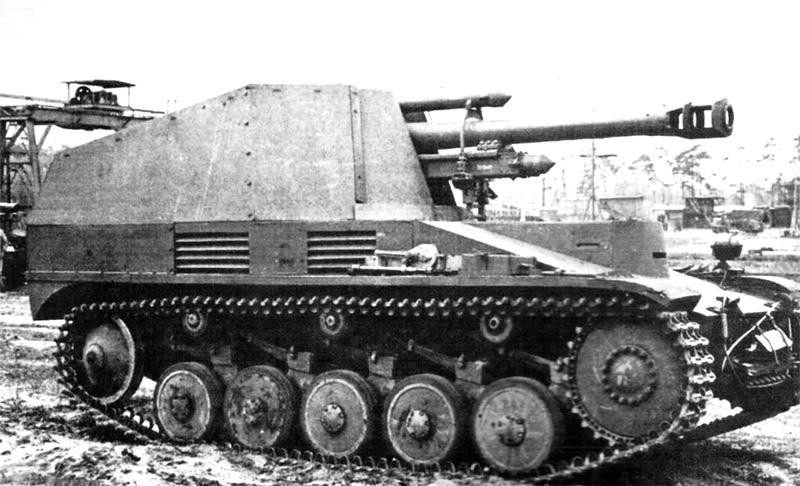















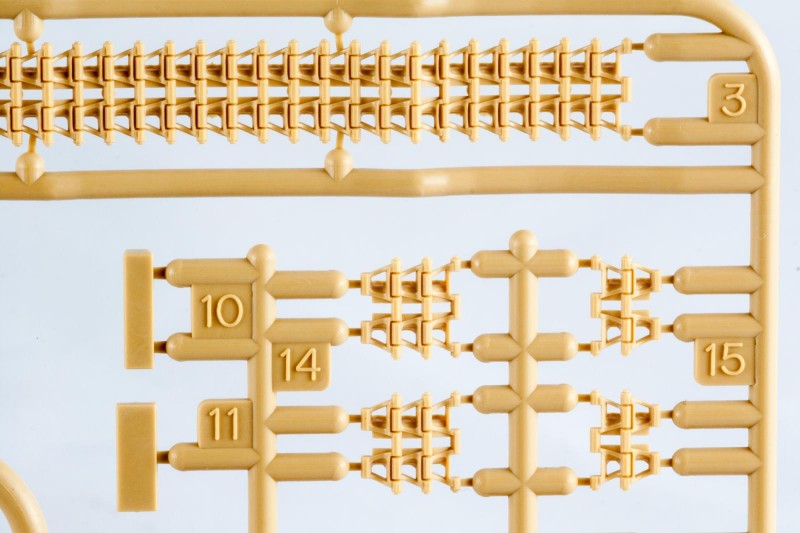

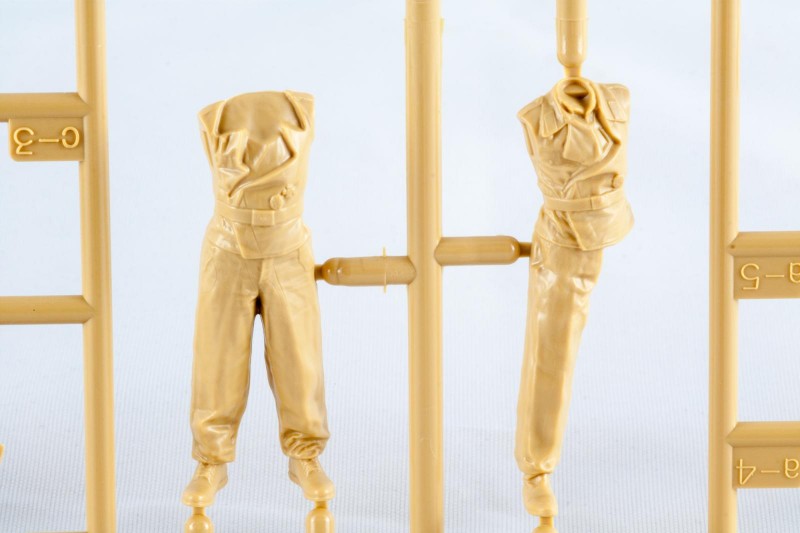




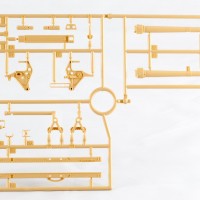




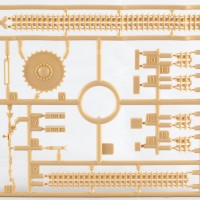




An excellent review (and kit) - can't go wrong with anything that says Tamiya on the box! 🙂
Great review Boris. The Wespe is still one of these pcs of mobile artillery I'd like to build in this life. Maybe it will be this kit, who knows?!
I agree this is an excellent review. This looks like it might share a few parts from the earlier Marder kits too. But then they were based on the Panzer II as well so it would be hard to tell them apart unless you had the parts side by side. Tamiya stuff has aged well. The product has improved but like you said the quality is always there.
You wrote another great review ! I'll be looking for this one to show up at the LHS which sadly isn't so "local" for me anymore.
You inspired me to get off my back side and do the kit review on the Tamiya 1/35 Sherman "Easy Eight" that I promised you a while ago. I have the WW2 and the Korean War versions to do a side by side review article and post it soon.
This will make Jaime happy with the Nose Art GB, since I didn't want to start with the building until I did the review.
Thanks again for sharing this with us. It looks like a great new kit. I especially like the history and the photos.
Well done my friend.
Like !
Thanx for this review, very useful. Thought it was a new mold and always want to know if kits are re-boxing of older kits such as this. Nice to know it is still nice despite its age.
Yes indeed, that photo says it all: the winter of 1943-44 was the wettest on record in Italy for the 20th Century to that date. (the following winter was the coldest European winter in a century) It would be impossible to get too much mud on this model if the setting is anywhere on the Italian Front - the Rapido-Monte Cassino Line, or Anzio.
Thanks guys! Tom is right, weather conditions during fall and winter were marginal at best. If someone is interested in this often underrepresented theatre of war, I can only recommend the book "The Day of Battle", part two of Rick Atkinson's "Liberation Trilogy".
Great review and photos, Boris. The history is a plus, as well! Now I want to build one.
Two thumbs up.